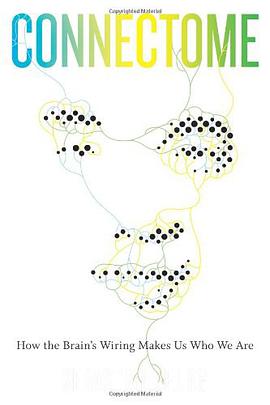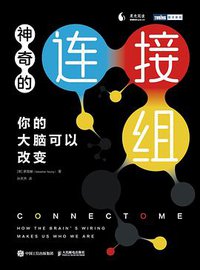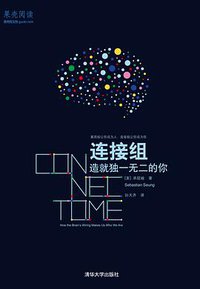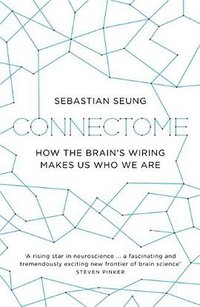
How the Brain's Wiring Makes Us Who We Are
Sebastian Seung
简介
We know that each of us is unique, but science has struggled to pinpoint where, precisely, our uniqueness resides. Is it in our genes? The structure of our brains? Our genome may determine our eye color and even aspects of our personality. But our friendships, failures, and passions also shape who we are. The question is: how?Sebastian Seung, a dynamic professor at MIT, is on a quest to discover the biological basis of identity. He believes it lies in the pattern of connections between the brain’s neurons, which change slowly over time as we learn and grow. The connectome, as it’s called, is where our genetic inheritance intersects with our life experience. It’s where nature meets nurture.Seung introduces us to the dedicated researchers who are mapping the brain’s connections, neuron by neuron, synapse by synapse. It is a monumental undertaking—the scientific equivalent of climbing Mount Everest—but if they succeed, it could reveal the basis of personality, intelligence, memory, and perhaps even mental disorders. Many scientists speculate that people with anorexia, autism, and schizophrenia are "wired differently," but nobody knows for sure. The brain’s wiring has never been clearly seen.In sparklingly clear prose, Seung reveals the amazing technological advances that will soon help us map connectomes. He also examines the evidence that these maps will someday allow humans to "upload" their minds into computers, achieving a kind of immortality. Connectome is a mind-bending adventure story, told with great passion and authority. It presents a daring scientific and technological vision for at last understanding what makes us who we are. Welcome to the future of neuroscience.


